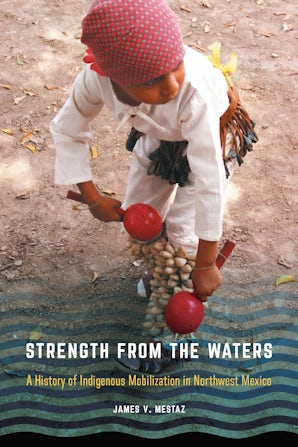List of Illustrations
Acknowledgments
Introduction
1. Their Technology, Our Way: Los Goros and Fuerte River Infrastructure, 1927 to 1942
2. Sweetness and Water Power: The SICAE Sugarcane Cooperative and Mayo Struggles for Water, 1944 to 1958
3. When the State Fails the Gods Remain: Independent Mayo Water Control Strategies, 1944 to 1957
4. The Inward Turn: Mayo Hydraulic Labor, Millenarian Movements, and Changing Rituals, 1947 to 1963
5. From Our River to Theirs: The Effects of Hydraulic Development, 1955 to 1970
Epilogue: Remaining Strong
Glossary
Notes
Bibliography
Index
